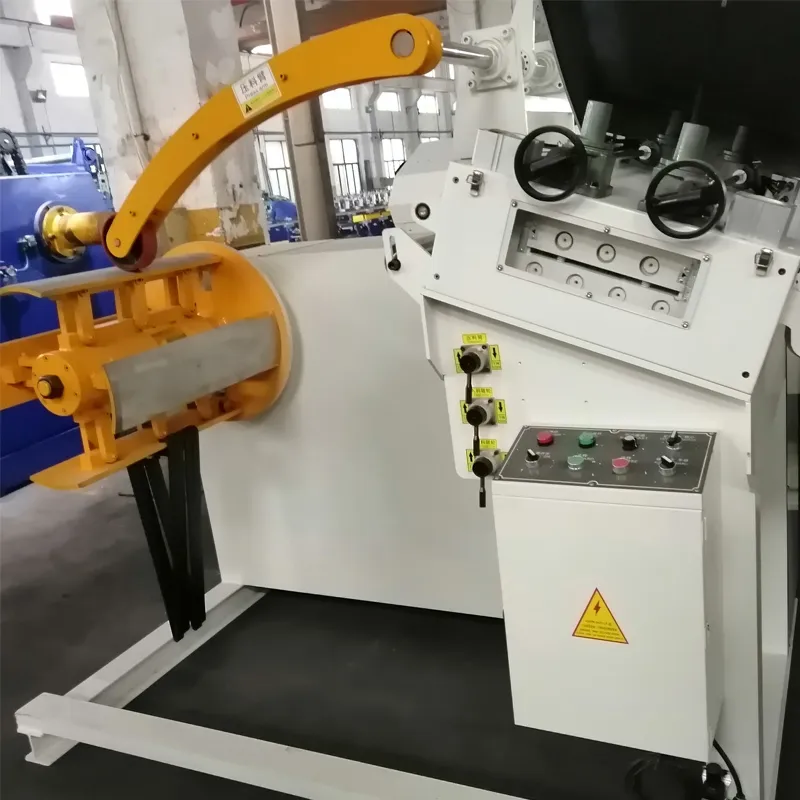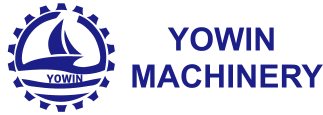High-Quality Corrugated Sheet Roller Leading Corrugated Roof Sheet Roll Forming Machine Supplier
- Introduction to Corrugated Sheet Rollers and their importance in the roofing industry
- Technological advances and core advantages of modern corrugated sheet roller
s - Comparative analysis between top corrugated roof sheet roll forming machine suppliers
- Exploration of available customization options for corrugated sheet roller machinery
- Application cases and industry adoption trends using real-world data
- Key considerations when choosing a corrugated roof sheet roll forming machine supplier
- The future of the corrugated sheet roller industry and market outlook

(corrugated sheet roller)
Corrugated Sheet Roller: Cornerstone of Efficient Roofing Solutions
The corrugated sheet roller stands at the intersection of innovation and necessity within the construction industry, particularly for roofing solutions. As global urbanization climbs, with market research indicating an estimated annual increase in steel roofing applications exceeding 6.2% through 2028, the demand for structurally superior, cost-effective, and aesthetically versatile roofing profiles intensifies.
Corrugated roofing sheets owe much of their strength and reliability to the precision of the rolling process. This is where the corrugated sheet roller—engineered for high throughput and consistent quality—becomes indispensable. Not only does it ensure uniform ribbing and profile definition, but its automation features also dramatically reduce labor input and minimize error rates, achieving sheet tolerances within ±0.2 mm. The sharp spike in infrastructure projects, especially across Asia-Pacific and Africa, further fuels the proliferation of these machines.
In terms of product range, the market showcases a wide spectrum from manually operated rollers for low-capacity workshops to fully automated roll forming lines designed to handle speeds up to 25 meters per minute and coil weights exceeding 10 tons. Such versatility cements the corrugated sheet roller’s reputation as a linchpin for rapid, premium-grade roofing fabrication, directly influencing overall project timelines and budget efficiency.
Technological Advancements and Core Advantages
The evolution of corrugated sheet roller technology has further transformed productivity and end-product quality. Modern machines integrate high-precision servo drive systems, touch-screen PLCs, and automated stacking units, which collectively boost production rates by up to 35% compared to traditional equipment from just five years ago. Enhanced roller die materials and surface treatments significantly extend tool life, with premium manufacturers now offering roller sets rated for over 1 million operational cycles before reconditioning.
Another game-changer has been the adoption of advanced hydraulic shearing and pressing mechanisms. These innovations not only reduce setup and maintenance downtime but also accommodate rapid profile switching, meeting the dynamic demands of construction projects with variable design requirements. For instance, automatic width adjustment and real-time defect monitoring elevate both efficiency and client satisfaction.
In terms of environmental impact, newer models boast optimized energy consumption—averaging 15% less power usage per unit output. Reduced operational noise and compliant dust extraction systems create safer, healthier work environments. Collectively, these technological leaps empower suppliers and end-users to drive sustainability initiatives alongside economic gains.
Comparative Analysis of Leading Suppliers
Not all corrugated roof sheet roll forming machine suppliers deliver equal performance. Differences span build quality, automation levels, after-sales support, and overall return on investment. Below is a comparison highlighting three prominent global suppliers:
| Supplier | Max Line Speed (m/min) | Material Thickness Range (mm) | Automation Level | Warranty | After-Sales Support | Energy Consumption (kWh/ton) |
|---|---|---|---|---|---|---|
| FormTech Industries | 25 | 0.3 - 1.2 | Full PLC-Automation | 24 months | 24/7 Global Hotline, Onsite Training | 19 |
| RoofMaster Machinery | 20 | 0.4 - 1.0 | Semi-Automatic | 18 months | Online Support, Spare Parts Supply | 23 |
| ProRoll Solutions | 18 | 0.5 - 1.5 | Manual with Digital Readouts | 12 months | Email Support, Manuals Included | 27 |
As is evident, selecting the right corrugated roof sheet roll forming machine supplier critically impacts expected throughput, operating costs, and the longevity of the investment. Elevated seamless automation, robust after-sales engagement, and proven energy savings are pivotal differentiators.
Customization Options: Tailoring Machines for Every Need
No two construction projects are identical, and thus, customizable solutions lie at the core of competitive corrugated sheet roller offerings. Reputable suppliers understand the necessity of tailoring parameters such as roll profile geometry, line speed, material compatibility, and punching/pressing attachments based on client specifications.
For example, high-volume contractors may demand tandem rolling and stacking modules to optimize continuous production, while architectural firms might seek unique patterning dies for bespoke aesthetics. Some machines facilitate interchangeable tooling in under 15 minutes, giving workshops a strategic edge in fulfilling diverse orders.
Software customization is equally vital. Many suppliers equip machines with proprietary interface modules capable of storing 50+ unique setting configurations, allowing instant recall for repeated project types. Moreover, upgrades like remote diagnostics and integration with enterprise planning software enable predictive maintenance—a factor that reduces unplanned downtime by up to 22% annually in industrial settings.
Application Cases and Industry Adoption Insights
Across industries, the real impact of modern corrugated sheet rollers can be measured by their application results. Consider the case of a leading pre-engineered building firm in Saudi Arabia, which, after transitioning to a high-speed FormTech line, reported a 28% reduction in fabrication cycle time and a 30% cut in jobsite installation delays due to consistently accurate sheets.
In another instance, a South American construction consortium deployed customized profile rollers by RoofMaster to facilitate robust, cyclone-resistant warehouse roofing. The result: less than 2% annual maintenance expenditure compared to regional averages exceeding 8%.
Industry survey data from 2023 reveals that companies investing in advanced, fully automated corrugated sheet rollers saw their overall project costs decrease by an average of 16% in the first operational year. The correlation between adoption and competitive advantage is undeniable, positioning early movers for outsized market gains.
Key Considerations in Selecting a Corrugated Roof Sheet Roll Forming Machine Supplier
Choosing the right corrugated roof sheet roll forming machine supplier goes beyond initial product specifications. Project managers should meticulously assess supplier track records, responsiveness, technical documentation quality, and global service network presence.
Value-added offerings, such as on-site commissioning, certification support (e.g., CE, ISO 9001), and warranty extension programs, strongly influence long-term satisfaction rates. Evaluating spare parts availability and lead times is also essential, as excessive downtime quickly erodes productivity gains.
Ultimately, collaboration and clear communication between end-users and their chosen partners unlock greater performance, reliability, and cost-saving potential during every stage of equipment utilization.
The Future of Corrugated Sheet Roller Innovation and Market Prospects
As the construction sector pivots towards sustainability, digitization, and operational excellence, the future trajectory of the corrugated sheet roller industry is bright. Expected market growth, forecasted to reach USD 3.8 billion globally by 2030, underscores the momentum behind technological and material innovation.
Next-generation machines will likely integrate deeper with AI-driven quality control, real-time analytics, and IoT ecosystems. These advancements promise even tighter tolerances, energy-neutral operation, and predictive servicing—reshaping the landscape for both suppliers and clients. Strong collaboration between machinery producers, material scientists, and end-users will continually expand the boundaries of what's possible.
For decision-makers in building, architecture, and manufacturing, staying at the forefront of corrugated roller technology equates to increased efficiency, premium quality outcomes, and an enduring competitive advantage in global markets.

(corrugated sheet roller)
